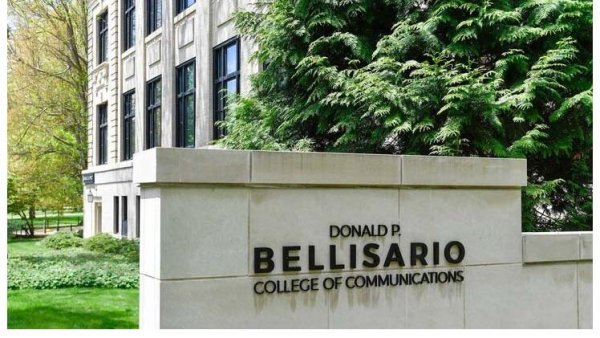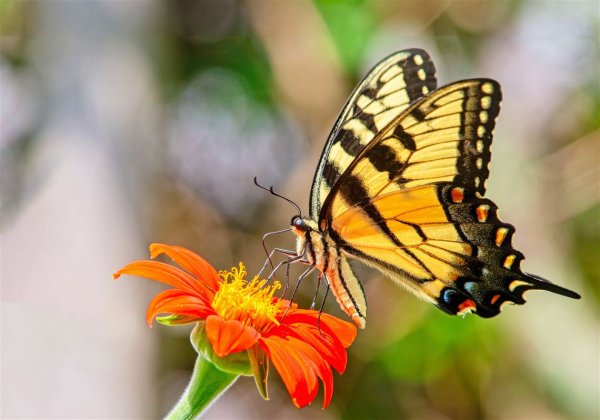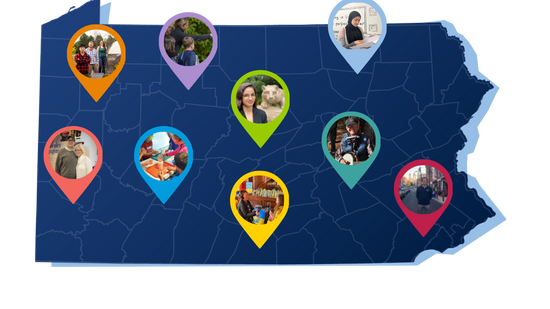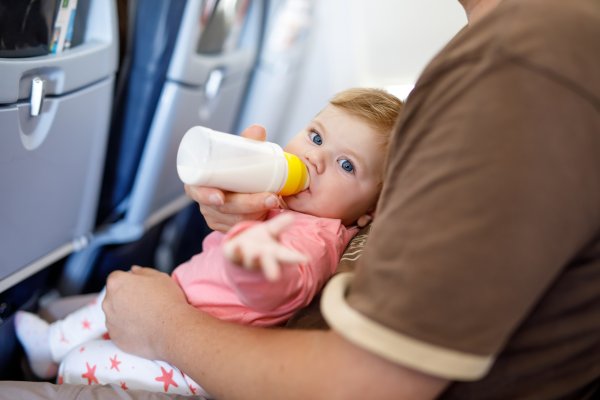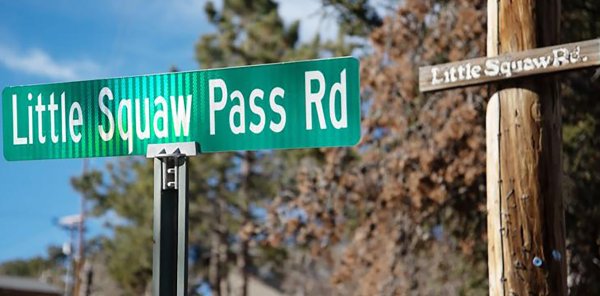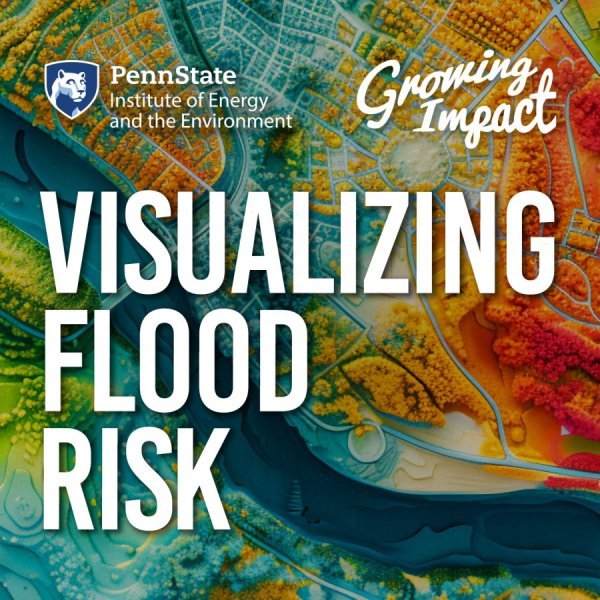Doctoral student to study Lyme disease communication in urban areas
| psu.edu
Megan Pietruszewski Norman, a doctoral student in the Donald P. Bellisario College of Communications, was awarded a grant to study how the threat of Lyme disease is communicated in environments not typically associated with a high risk of contracting tick-borne illnesses — urban areas.
How, when and where to see Pittsburgh’s most beautiful butterflies
| post-gazette.com
Finding butterflies can be more intentional than happenstance; you just need to know when and where to look. This article quotes Michael Skvarla, assistant research professor of arthropod identification.
Vroom vroom! Penn State earns multiple wins in autonomous driving competition
| psu.edu
The Penn State Advanced Vehicle Team took home multiple wins, including third place overall, in its third year of the AutoDrive Challenge II, which empowers student teams to develop and test a fully autonomous passenger vehicle on a controlled urban driving course over a weeklong competition.
Truer extreme weather forecasts come rain hail or shine
| dailymail.co.uk
Australia is a card-carrying member of a global hailstone library that promises to radically improve weather forecasts. This article mentions Penn State research.
Penn State awards five new seed grants to support inter-institutional research
| psu.edu
The 2024 awardees of Penn State’s Inter-Institutional Partnerships for Diversifying Research initiative comprise five collaborative projects that connect Penn State researchers with colleagues from Morgan State University, North Carolina Agricultural and Technical State University, University of Puerto Rico Mayagüez, the University of Texas Rio Grande Valley and the University of Texas Health Brownsville Campus, all minority-serving institutions
Noticing strange, itchy mite bites? It might be from the 2024 cicada emergence
| nbcchicago.com
While the great cicada emergence of 2024 may have ended, there's one lingering impact that some in the Chicago area might notice: mites, some of which can lead to an itchy rash for those who are bitten. This article mentions Penn State research.
University-wide call to submit activities to the Penn State Community Impact Map
| psu.edu
Penn State Outreach is collaborating with multiple units across the university to develop the Penn State Community Impact Map, an interactive and visual representation of Penn State’s contributions, benefits and offerings available across Pennsylvania.
Pennsylvania State University and Truflation team up to rethink housing inflation metrics
| u.today
Pennsylvania State University and Truflation have initiated an innovative research partnership with the goal of developing substitute metrics that provide a more accurate picture of housing inflation in the U.S. This article mentions Jiro Yoshida, professor of risk management.
Babies exposed to common chemical may face higher risk of diabetes, obesity
| newsweek.com
The widespread compound may cause permanent disruptions to the gut microbiome, increasing our risk of various disorders later in life. This article quotes Andrew Patterson, professor of veterinary and biomedical sciences.
Feeling itchy? Tiny mites may bite humans more after cicada emergence
| ct.moreover.com
The estimated trillions of periodical brood cicadas that emerged in multiple U.S. states this year may be gone for the foreseeable future, but some people are feeling the painful, itchy remnants of a bug that took advantage of the rarely-occurring food source: Oak leaf itch mites. This article mentions Penn State Extension expertise.
Penn State's $1.4M boost for semiconductor workforce
| rdworldonline.com
Penn State's SCIA receives $1.4M for semiconductor workforce development in Pennsylvania, addressing industry shortages. This article quotes Joshua Robinson, professor of Materials Science and Engineering.
Offensive names dot the American street map − a new app provides a way to track them
| theconversation.com
A newly released app allows users to search for discriminatory roadway names, helping communities grasp the ubiquity of inequalities embedded in everyday spaces and the harm they cause. This article was written by Joshua F.J. Inwood, professor of geography.

